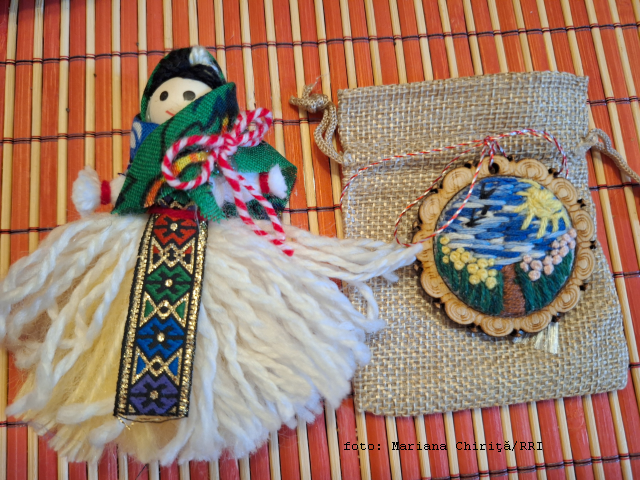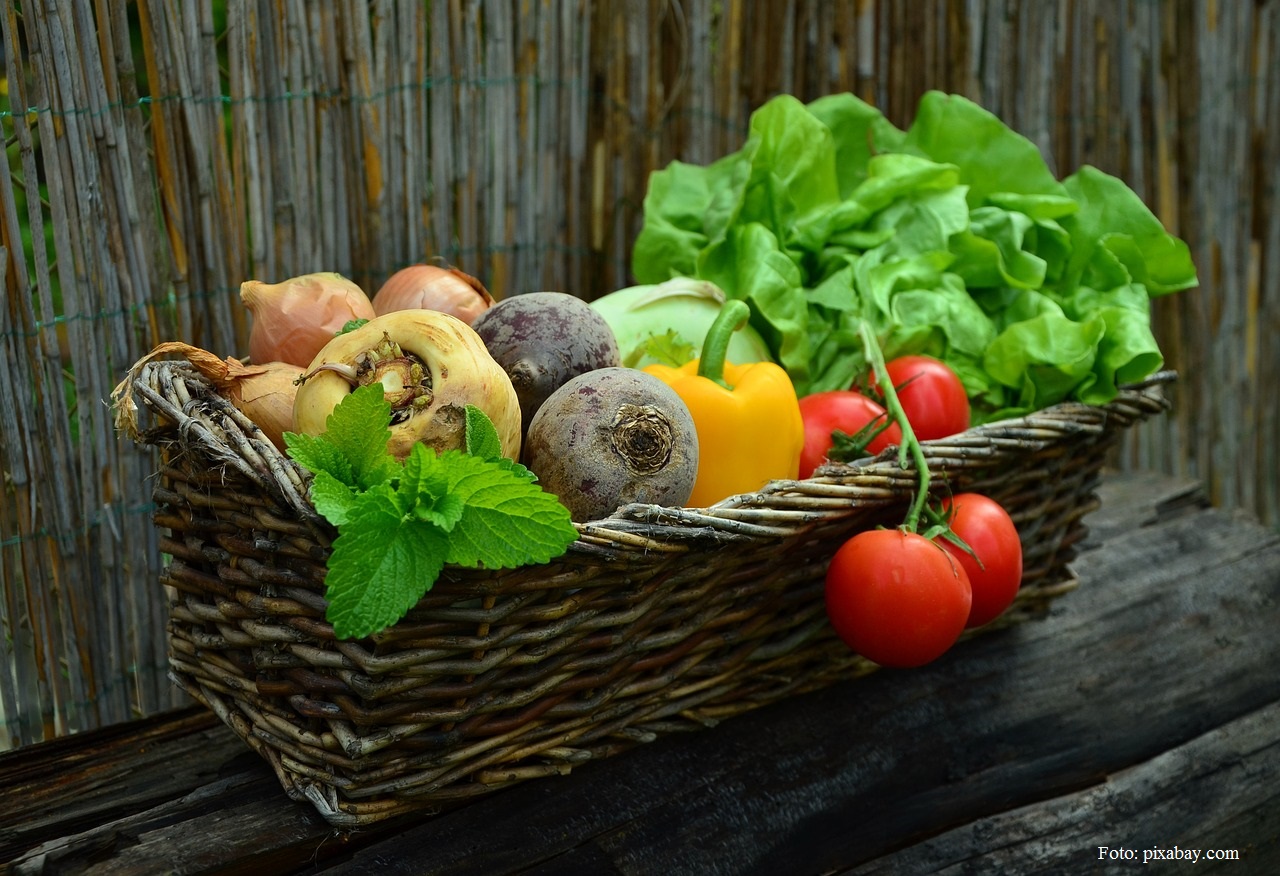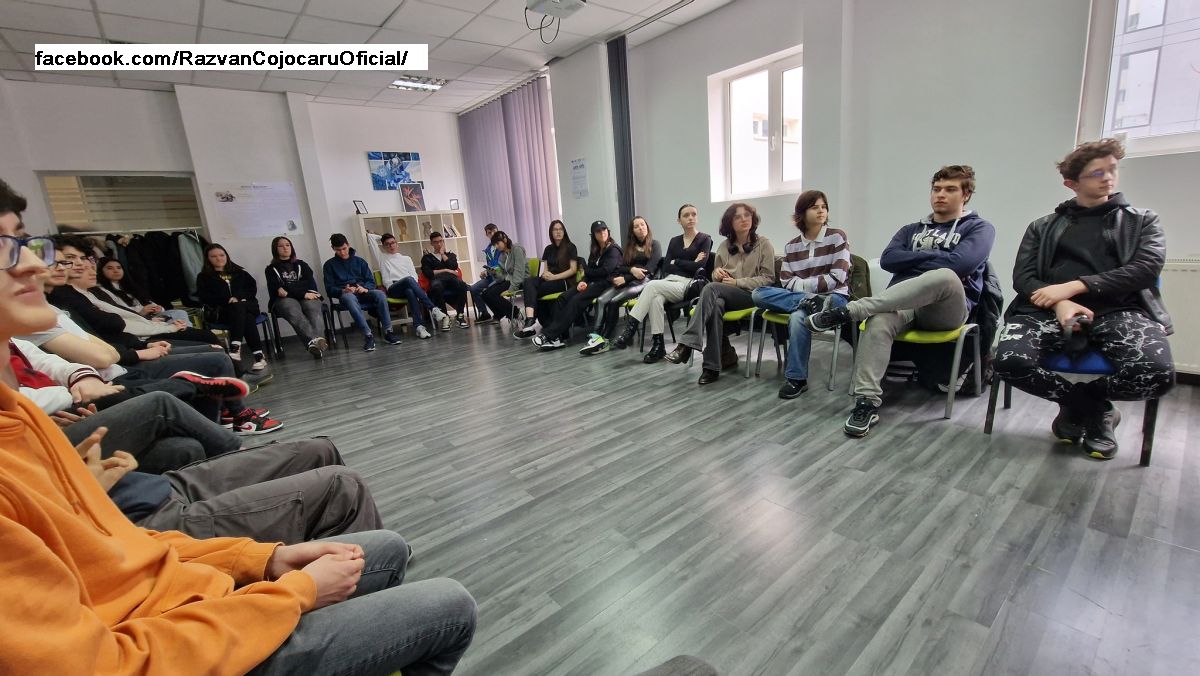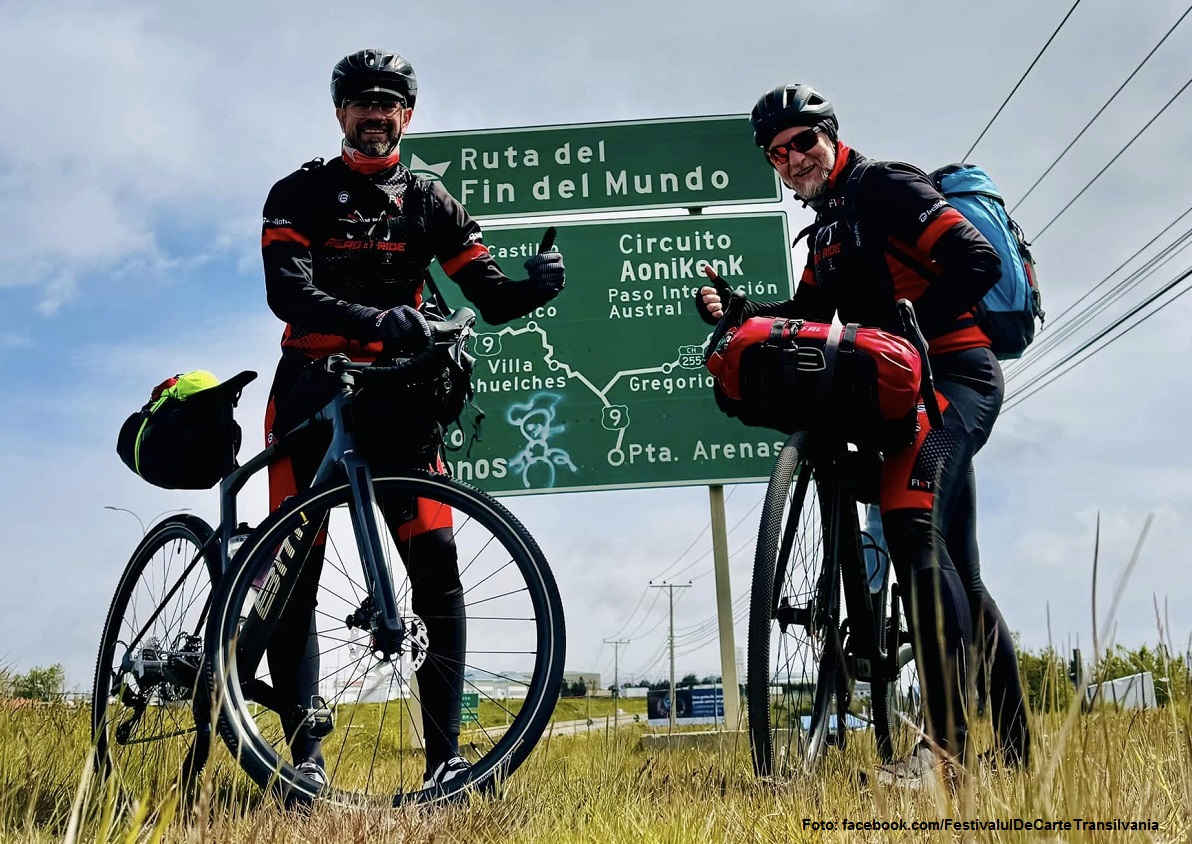The Mărţişor between tradition, art and commerce
The Mărţişor has come a long way from what was once just a twisted white and red thread worn around the wrist.

Ana-Maria Cononovici, 05.03.2024, 14:00
From a simple twisted white and red thread worn around the wrist in the old times, the Mărţişor has come a long way, with all kinds of objects and ornaments tied to the white and red thread today. The tradition of Mărţişor was inscribed into the list of UNESCO Intangible Cultural Heritage in 2017, following a joint application from Romania, Bulgaria, North Macedonia and the Republic of Moldova, countries where this ancient tradition exists.
At the end of February and in the first few days of March, the busiest areas in Romania’s towns and cities are full of street vendors selling their Mărţişor wares. The Peasant Museum in Bucharest also hosted a Mărţişor fair and we used this opportunity to see how much of Mărţişor today is about tradition, a way of life or a commercial activity. Teodore Adrian Negoiţă came to the fair from Bârlogeni, in Mehedinţi:
“I’m selling Mărţişoare in the shape of miniature spoons, decorated with Romanian traditional motifs and a word in Romanian; I think it’s nice to remember our native language no matter how many foreign languages we speak, and I thought it would be a good idea for a Mărţişor, so traditional motifs and a Romanian word. I also made miniature versions of hand-stitched leather shoes, also decorated with a Romanian word and which can be tied in different ways. They are all hand-made, without a model, and placed in a small envelope so they can be given as a gift. And then, the third type of Mărţişor I make are crosses with fortune letters explaining the name of the cross, basically an introduction into Romanian traditional art and village culture.”
Tradition is important for Teodore Adrian Negoiţă, who sees it as his duty to preserve it.
“It’s up to us to preserve the tradition, so each and every one of us has to do their best, go back to the roots. My Mărţişoare, for example, don’t have fasteners, that’s how they used to make them. I have older customers who tell me that’s how they remember their grandmothers making them. You could either sow them on coats or tie them around the wrist. That’s what traditional Mărţişoare were like.”
Ioana Panaitescu, who represents a brand called Pasărea Măiastră Design, told us about the diversification of Mărţişor designs:
“I came to the fair to show my designs, the latest collection. This new line is largely inspired by Japanese culture. They are brooches inspired by traditional Japanese dolls called Kokeshi, but those are from wood and these are from ceramic for I wanted to lend them my personal touch. They are painted by hand after being fired at 1,220 degrees Celsius, and feature details from gold and platinum. Making them is a complex process, taking as much as two weeks. So, it’s Japanese tradition combined with Romanian tradition, I thought it would be nice to bring them together. It’s also, naturally, a source of income.”
Ruxandra Berde, from Zuluf, told us:
“We make Mărţişoare and the rest of the year we make brooches, which we sell in bookshops and flower shops. At this time of the year people look for nice little objects to give as presents and these can also be used all year round. They can be worn on bags, on coats and usually represent the person wearing them, because they feature symbols people can identify with. They can, for example, depict a hobby, a passion or a favourite animal. We have diversified our range so as to appeal to more people and to create something than can also be used beyond 1st March. If we only made flowers and ladybugs they would only be worn for a day and we’d like to create something that is more useful. They sell very well, especially at this fair, because it’s a well-known fair with a long tradition.”
Răzvan Supureanu, from alelieruldecarte.ro, said his Mărţişor reinterpretations gave rise to some interesting projects:
“We’re called the book workshop, so we actually make hand-made paper and bind books by hand, but for some years now in spring we’ve come up with a Mărţişor that can be planted and which is made up of recycled hand-made paper into which we put plant seeds and which can be planted. You put the paper on the ground, cover it with a fine layer of dust and tend to it like you would seeds of any kind.”
The UNESCO intangible heritage list features traditions, oral expressions, social practices and rituals, and Romania to date has seven such elements inscribed: the Căluş ritual, the Doina, the craftsmanship of Horezu ceramics, the men’s group Colindat, the lad’s dances, traditional wall-carpet craftsmanship and the 1st March practice of Mărţişor. At present, the UNESCO assessment committee is looking at the possible inclusion of two more: the Lipizzan horse breeding tradition and the art of the traditional blouse with embroidery on the shoulder called altiţă.






























